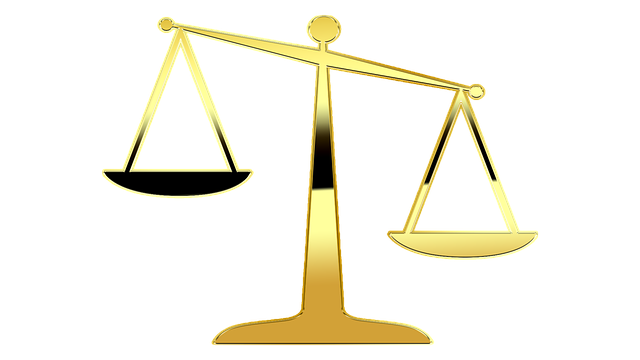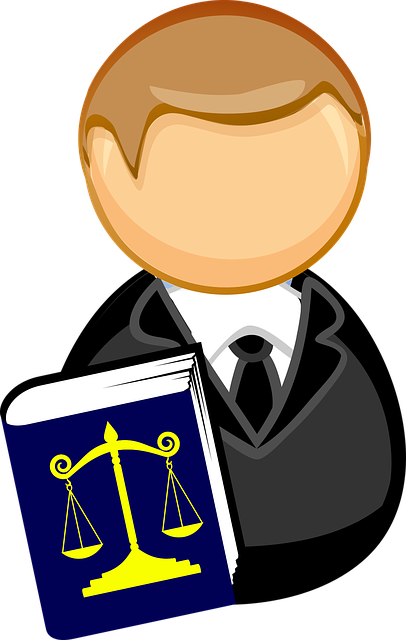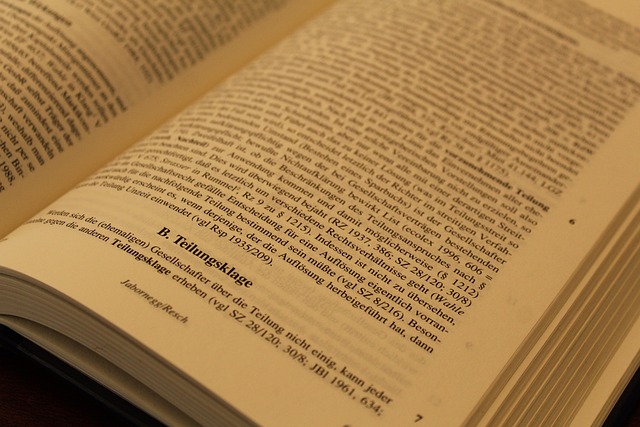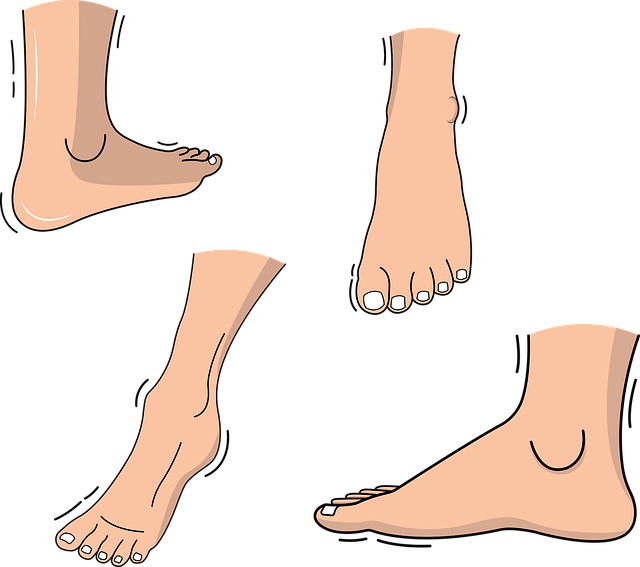Slip and fall incidents are common, causing diverse injuries from minor to severe, including fractures, head traumas, and TBI. These accidents result from uneven surfaces, poor lighting, or careless actions, with outdoor areas requiring maintenance for risk mitigation. Legal complexities arise when negligence contributes, impacting victims through medical expenses, pain, lost wages, and property owners facing liability for unsafe conditions. Home insurance typically covers minor incidents, but serious cases may necessitate a personal injury lawsuit for adequate compensation.
Slip and fall accidents are a common cause of serious injuries, with various types of incidents leading to significant legal implications. This article delves into the understanding and prevention of these accidents, exploring the most frequent slip and fall injuries sustained, from minor scrapes to severe fractures. We also discuss the legal landscape surrounding these incidents, including compensation options for victims, empowering individuals to protect their rights and seek justice.
- Understanding Slip and Fall Incidents
- Common Injuries Sustained in Falls
- Legal Implications and Compensation
Understanding Slip and Fall Incidents

Slip and fall incidents are a common occurrence, often resulting in various types of injuries. Understanding these accidents is crucial for both victims and those who seek legal recourse. These incidents can happen anywhere—from residential properties to bustling commercial spaces or even during casual walks. A slip and fall injury occurs when an individual slips, trips, or falls on a surface that is not normally slippery, leading to a sudden loss of balance and control.
Many factors contribute to these accidents, including poor lighting, irregular floor surfaces, water or ice accumulation, loose debris, or even careless acts like leaving wet mops in walkways. For the elderly or those with mobility issues, such incidents can be particularly devastating, potentially leading to fractures, head injuries, or soft tissue damage. In some cases, caregiver abuse or neglect may contribute to slip and fall accidents in senior living facilities, emphasizing the importance of vigilance and proper care. Even outdoor areas, like parks or sidewalks, can pose risks if not maintained properly.
Common Injuries Sustained in Falls

When it comes to slip and fall injuries, the types of harm sustained can vary greatly depending on the nature and severity of the incident. Common injuries include soft tissue damage, such as bruises, cuts, and sprains, which are often seen in less severe falls. However, more serious slips and falls can result in fractures, head traumas, and even spinal cord injuries. These types of injuries require immediate medical attention and can have long-lasting effects on a person’s mobility and daily life.
In cases involving negligence, such as unsafe property conditions or maintenance issues, individuals may face not only physical harm but also legal complexities. For instance, real estate litigation related to slip and fall incidents is not uncommon when the breach of fiduciary duty by property owners or managers leads to injuries on their premises. Similarly, breaches of contract regarding safety standards or liability agreements can further complicate matters for both parties involved.
Legal Implications and Compensation

When a slip and fall injury occurs due to another party’s negligence, legal implications come into play. Slip and fall accidents can lead to various injuries, ranging from minor scrapes to severe fractures or even traumatic brain injuries (TBI). If the incident was not your fault—for instance, if there was a hazardous condition on someone else’s property that wasn’t properly addressed—you may be entitled to compensation for medical expenses, pain and suffering, lost wages, and other related costs.
Determining liability is crucial in slip and fall cases. Property owners have a legal obligation to maintain their premises in a safe condition. If they fail to do so, it could result in significant financial burdens for victims through medical bills and potential court awards, especially if the injuries are severe or long-lasting. Homeowner insurance claims often cover such incidents, but the specifics depend on individual policies and circumstances. In more serious cases involving extensive injuries, a personal injury lawsuit might be necessary to secure appropriate compensation.
Slip and fall incidents can result in a range of injuries, from minor scrapes to severe fractures. Understanding common types of these injuries is crucial for both victims and legal professionals navigating slip and fall injuries claims. By recognizing the potential impacts, individuals can take preventive measures and those affected can better understand their rights and compensation options. Whether it’s a sprained ankle or a head injury, each case demands careful consideration and, when warranted, legal action to ensure justice and proper care for the injured party.






